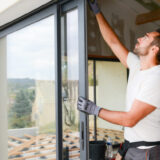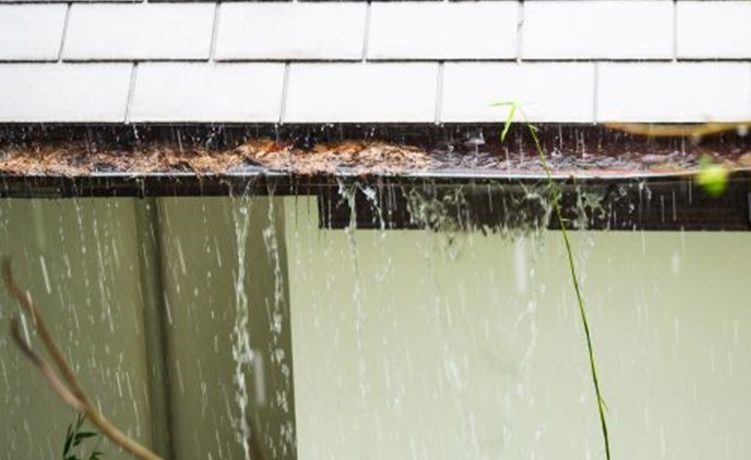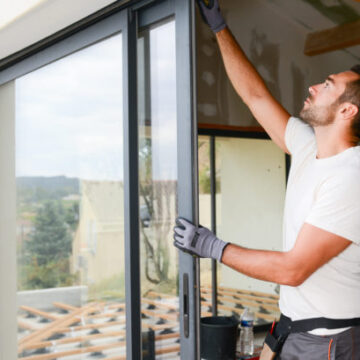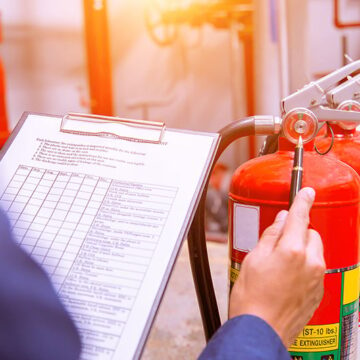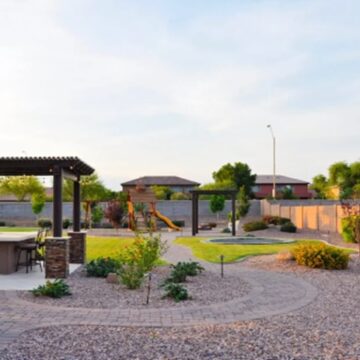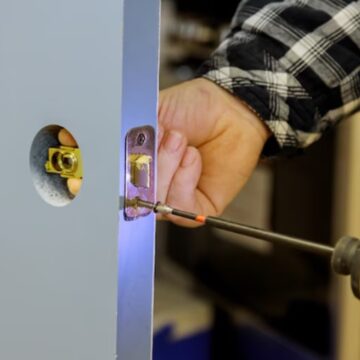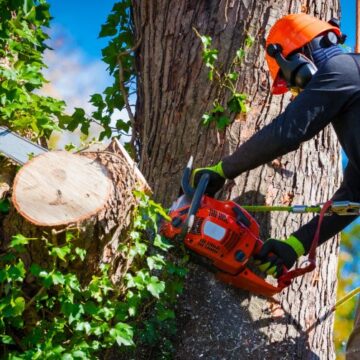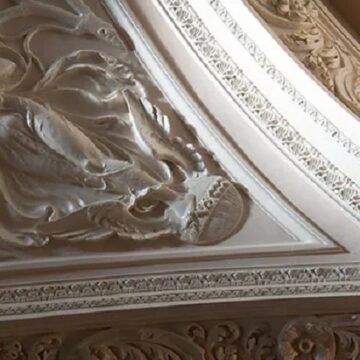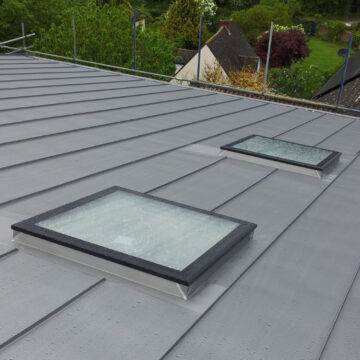A roof leak can be incredibly destructive, for both the inside and outside of a house. As moisture seeps past your roof’s built-in defenses, it can promote the growth of dangerous molds, damage property, drive up your energy bill, and even eventually compromise the roof entirely. Most roof leaks are caused by some part of the roof’s structure failing. For example, a heavy wind might blow away several shingles, which can ultimately lead to a leak.
But what are the other lesser-known ways a roof leak might occur? Does it necessarily have to result from damage to the roof itself, or are there other, more insidious ways it can happen? Can a clogged gutter cause a roof leak, for example? Read on to find out:
The Parts of a Roof
Your roof is a somewhat complex structure. Far from simply being a few shingles nailed over a wood frame, the roof of a building is carefully designed to keep the elements out while keeping a pleasant temperature within. The rafters make up the “skeleton” of the roof, constructed in such a way as to support the weight of all the other material needed. The ends of the rafters are covered in a type of sheath called a fascia, while the roof is further supported by wooden joists called lookouts.
Installed over the rafters is the decking, which is usually made from a very strong composite material, such as plywood. Over that is the underlayment, which is the waterproofing layer. The shingles are placed over that and may be made from asphalt, slate, plastic, metal, or composite materials. The roof is further aided in weatherproofing by its specific pitch, or angle. Even seemingly flat roofs have a slight pitch to allow rain and snow to slide off.
What Causes Leaks?
While roofing is a complex system, leaks can occur when specific parts of the roof develop weaknesses. These weakened areas can then allow water to enter the home, where it can then cause a great deal of damage. In many cases, a small leak can eventually develop into a larger one and, ultimately, force an emergency replacement of the roof. This can be a monumental—not to mention expensive—prospect.
In low slope roof systems, the majority of rooftop leaks occur at the seams. The waterproofing layer is usually made up of multiple large sheets, which overlap in areas. It’s in the areas where they overlap that water can begin to drip through. Leaks can also be caused by direct damage, which can be due to inclement weather, improper maintenance and care, or falling tree branches.
The Role of Water
Water is, of course, one of the critical components for sustaining life, but it can also be very damaging. It acts as a solvent, slowly but surely dissolving materials that are in repeated contact with it—just think of the Grand Canyon. It can also promote the growth of bacteria, mold, and other fungi.
Steep-slope rooftops are built to handle rainwater rolling off them constantly, but they aren’t constructed to handle stagnant water. If water simply sits in puddles in an area, it can gradually eat away at the structures around it, ultimately compromising them. In this way, puddles of water can eventually lead to leaky roofs.
Preventing Stagnant Water
Asking the question, can a clogged gutter cause a roof leak, has a simple answer to it then: yes if the obstruction is leading to stagnant water sitting on the roof. Over time, a gutter can become clogged with leaves, sticks, dirt, and other debris. This will prevent it from doing its job and allowing water to naturally flow through it and away from the roof. Instead, it can lead to a puddle forming on the roof, which will ultimately damage it. Eventually, this can lead to a leak.
Stagnant pools can form on rooftops in other ways as well. Flat rooftops (remember, these roofs just have a very small pitch) are, as you might expect, more susceptible to developing puddles than roofs with steeper slopes. Any weakened area of a roof can also cause it to bow slightly, leaving a place for a puddle to form.
You can prevent stagnant water buildup on your roof by making an effort to clear out any dirt and debris from your gutter and rainspout. Hiring a professional contractor to periodically come to perform a cleaning of the gutter as part of a regular maintenance program can also be a major help in this way. Companies such as Interstate Roofing offer these types of services.
How to Identify Water Damage
Identifying water damage might not always be simple. Sometimes, you’ll see active dripping, but in other cases, the water might be leaking in a more hidden area. In that case, you might notice discolored spots on the ceiling, paint damage along the walls, or soft spots in the wood in the attic. Issues caused by a leaking roof might be even more insidious, such as noticing that you and your family are getting sick more often or experiencing other health-related issues.
Looking for evidence of the leak usually involves heading into the attic yourself and looking for these telltale signs. Since we’ve answered the question of can a clogged gutter cause a roof leak, you might also check near the gutters if you’ve noticed any signs of water damage.
What Happens If I Neglect My Roof?
If you don’t address problems such as clogged gutters and standing pools of water promptly, it can lead to major issues, far beyond a slight leak through the waterproofing layer of the roof. As we’ve mentioned, a leaky roof can promote the growth of mold, bacteria, and microorganisms, which can in turn lead to illness and exacerbate conditions such as asthma. It can also dramatically reduce the energy efficiency of a home, increasing energy costs and rendering the home less comfortable.
Unchecked water damage can rot the rafters of a roof to such a severe degree that it will lead to extremely costly damage. That’s why it’s critical for a roof to periodically receive maintenance from a trusted roofing contractor.

